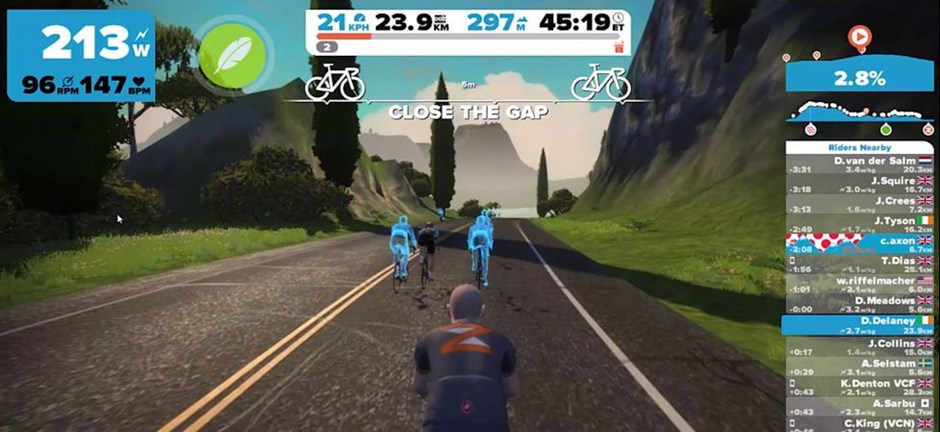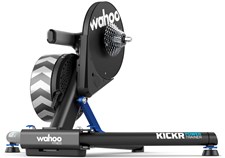Indoor Cycle Training – Coach Foz’s Thoughts

With the rise of smart trainers like the Wahoo Kickr and online cycle apps like Zwift and Trainer Road, it has never been easier to stay inside for key cycle workouts. As a coach I do advocate their use with our Fluid athletes, you can get a great targeted workout especially if you throw the use of a power meter into the mix. You don’t have to worry about traffic, lights, cars or weather and all your efforts can go into laying the power down v’s staying up on the bike. Sounds perfect, and if the indoor trainer is used strategically then it really can complement your cycle training and its effectiveness.

Best sessions and times for indoor training
- Midweek targeted training sessions
- Sessions with longer steady state aero intervals – e.g. 3 x 12kms at 91-95%FTP (85-87%MHR) with 3km rec
- On days of very inclement weather with dangerous cycling conditions
- When you are short on time and can’t afford the commute time to the squad road session
Best sessions and times for outdoor training
- Short high-quality out of saddle intervals or variable paced fartlek sessions.
- Longer endurance rides – who can stand being on a trainer for more than 2hours anyway!
- When the weather doesn’t have a bearing on your ability to effectively do a session.
- Hill training – geared work on the trainer is no substitute to being out there in the hills.
- Venue specific sessions – where the benefits of riding on a specific course (e.g. Kew Boulevard) can’t be imitated by a trainer.
Just to elaborate on a few points above
You can generally generate more power through your pedals outdoors v’s indoors, for example on steady efforts you may be able to generate more power on average on the road v’s an equivalent indoor trainer. Then if you think about short hard interval training (Less than 1.5km) then the power gains of road riding could be even higher, being able to leverage the bike on out of saddle accelerations for example. With these style sessions you ideally would be outdoors for optimal effectiveness.
If you want to improve and maintain your bike handling skills, being outdoors for most of your rides is the way to go. You frequently change the direction your bike, change positions to suit the terrain of the road, react to unforeseen obstacles etc. If you are always indoors then your skills will diminish and become rusty as a result.
‘Train to Race’ methodology. As racing athletes, we don’t have a choice about what conditions or style of course we will get on race day, so regularly exposing ourselves to the elements on varied courses (flat, rolling, hilly, technical) near race intensity, constantly practising our skills and training in conditions that we may get on race day is so important. It is the key tenet of Fluids training philosophy.
In summary, I have become more sympathetic to the many benefits of training indoors as technology improves. It is now much easier to be more accurate and immediate with your training intensity with the use of power meters as training tools. Direct drive smart trainers like the Tacx or Kickr now mimic road feel, setup and riding performance much better with the drive coming from chain v’s from where your tyre used to contact a spindle. It is mentally easier to be motivated and to push yourself with the virtual riding experiences of Zwift, Full Gaz to name a few.
But withstanding all these improvements, I advise our athletes to be strategic with indoor trainers and use the option when it gives the most benefit to the rider based on the session they are set. Nothing will totally replace training on the road if an athlete trains to race during cycle or triathlon events on the road.
Coach Foz